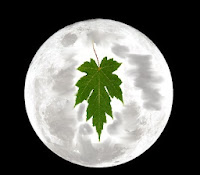Using the designs of NASA’s 2007 Phoenix lander they believe
this new mission is entirely possible.
The mission will have an arm to scoop dirt to check for water, solar panels
and live streaming. The initial mission
will cost about $6 billion and will go down to about $4 billion on subsequent
trips. The goal is to colonize a piece of the planet.
Mixed with a reality TV show people will be selected and
trained as astronauts until launch date where STEM and university challenge
winners will be sent into space. If you are over the age of 18 and would like
to participate in the program you can. You should be good at STEM which is currently
suffering as a skill set in our country.
This is not your traditional top-down program but includes
interested parties from varying sources. People can become participants in the
program and help foster national development. As people become more interested
in national growth and hedging development risks through government-business
partnerships it provides a new way of viewing citizenship responsibilities. Most importantly, our leadership’s mindset is
changing to open new paths.
Other Reading:
Fox News:
NBC
CNN
